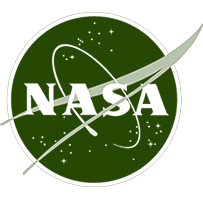NEOWISE Celebrates First Month of Operations After Reactivation

More than 100 asteroids were captured in this view from NASA's Wide-field Infrared Survey Explorer, or WISE, during its primary all-sky survey. Image credit: NASA/JPL-Caltech/UCLA
News • January 23rd, 2014
Mission Status Report
In its first 25 days of operations, the newly reactivated NEOWISE mission has detected 857 minor bodies in our solar system, including 22 near-Earth objects (NEOs) and four comets. Three of the NEOs are new discoveries; all three are hundreds of meters in diameter and dark as coal.
The mission has just passed its post-restart survey readiness review, and the project has verified that the ability to measure asteroid positions and brightness is as good as it was before the spacecraft entered hibernation in early 2011. At the present rate, NEOWISE is observing and characterizing approximately one NEO per day, giving astronomers a much better idea of the objects' sizes and compositions.
Out of the more than 10,500 NEOs that have been discovered to date, only about 10 percent have had any physical measurements made of them; the reactivated NEOWISE will more than double that number.
JPL manages the NEOWISE mission for NASA's Science Mission Directorate in Washington. The Space Dynamics Laboratory in Logan, Utah, built the science instrument. Ball Aerospace & Technologies Corp. of Boulder, Colo., built the spacecraft. Science operations and data processing take place at the Infrared Processing and Analysis Center at the California Institute of Technology in Pasadena. Caltech manages JPL for NASA.
Whitney Clavin/DC Agle 818-354-5011
Jet Propulsion Laboratory, Pasadena, Calif.
whitney.clavin@jpl.nasa.gov / agle@jpl.nasa.gov
2014-023




